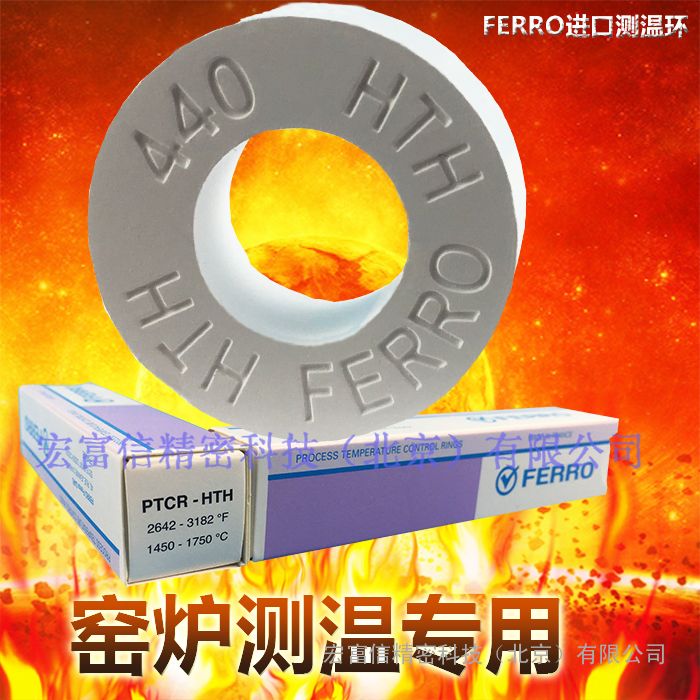  |
| PTCR in practice: accuracy and convenience Firing process optimization In the process of establishing a standard, the firing process is characterized by 'mapping' the ring temperatures of PTCR rings distributed throughout the kiln. This allows the 'hot' and 'cold spots' to be detected and defined. Using the heat treatment mapping, the firing process can then be optimized by offsetting heat sources or thermocouples as indicated by the variations in ring temperatures. As a rule of thumb, one degree of ring temperaturecorresponds to one degree Celsius. The exact relationship between ring temperature and degrees Celsius is of course dependent upon the specific firing cycle of the kiln. The adjoining illustration shows two heat treatment mappings of the same 15m3 kiln. The first was generated before using thePTCR; the second, after firing process optimization using PTCR rings, resulting in substantial yield improvement. |
| Firing process control In the course of time - as a result of aging of the heating elements or fre alternating firing cycles - 'hot' and 'cold spots' maygradually return to the kiln.The PTCR can help here, too. Once the firing process has been optimized, PTCR rings can be used regularly to monitor the firing process and to detect these deviations as they gradually arise, before they affect product By comparing the current ring temperatures against the defined standard, the number of degrees of ring temperature by which the firing process must be adjusted can be determined. Using several rings at critical locations in the kiln ensures that an even heat distribution is maintained. control at lower cost Besides the benefits of yield improvement through optimization of the firing process, the PTCR can also help reduce production costs.Simple comparison of ring temperature against a standard indicates whether the products are sintered to specification.Expensive, time-consuming conventional checks - destruction testing, geometry,density and porosity tests - can be reduced or eliminated. |
 |
测温环报价 窑炉专用测温环
      |
|
详细信息
相关产品
相关测温环产品
- 美国ferro 窑炉用测温环2020-04-10
- 美国进口FERRO测温环2020-07-15
- 美国ferro测温环、窑炉测温专用、2020-07-23
